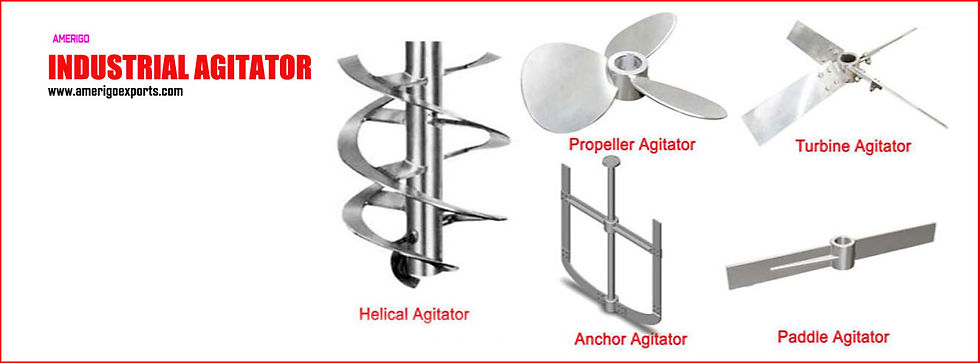Know more about Submersible Pumps 2024
- Amerigo Exports
- Jan 5, 2024
- 2 min read
A submersible water pump manufacturers in India manufactures pump designed to be submerged in water or other liquid, allowing it to efficiently move fluids from one location to another. These pumps are commonly used for various applications, including residential, commercial, agricultural, and industrial purposes. Here are some key features and considerations associated with submersible water pumps:
Submersion: As the name suggests, submersible pumps are designed to operate while completely submerged in water. This design allows them to be more efficient, as they can directly pump water from the source without the need for priming.
Types:
Submersible Well Pumps: These are commonly used to pump water from underground wells in residential and agricultural settings.
Submersible Sump Pumps: Often used in basements or crawl spaces to prevent flooding by removing excess water.
Submersible Sewage Pumps: Designed for handling wastewater and sewage in residential and industrial applications.
Submersible Fountain Pumps: Used for decorative purposes in ponds and fountains.
Construction: Submersible pumps are typically sealed to prevent water from entering the motor and electrical components. The construction materials vary depending on the intended use, with corrosion-resistant materials used in applications involving corrosive liquids.
Motor: The pump's motor is hermetically sealed to prevent water from entering. Submersible pumps often use a waterproof cable for power supply.
Impellers: The pump may contain one or more impellers, which are rotating discs that generate the flow of water. Different impeller designs are used based on the specific application.
Flow Rate and Head: The flow rate (measured in gallons per minute or liters per second) and the head (the height to which the pump can lift water) are critical factors to consider when selecting a submersible pump. These specifications depend on the intended use and the requirements of the system.
Automatic Operation: Some submersible pumps are equipped with automatic switches or sensors that activate the pump when water levels reach a certain point and turn it off when the desired level is reached. This is common in sump pump applications.
Maintenance: Regular maintenance is essential to ensure the longevity and proper functioning of the pump. This may include cleaning the intake screen, checking for debris, and inspecting the pump for signs of wear.





Comments